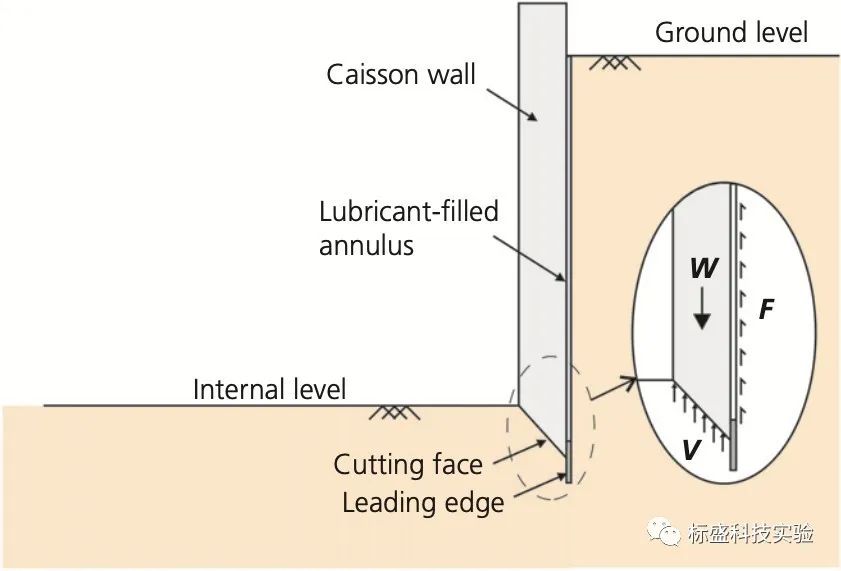Wall lubrication and formation stability during sinking well construction
With the acceleration of urbanization and the reduction of urban land, the construction of sunken shafts in urban areas is receiving increasing attention. Sinking vertical shafts can be used as deep foundations, underground storage, sewage collection, underground parking lots, shield tunnel starting and receiving shafts, etc. There are various methods for constructing open caissons, regardless of the method used. Most open caissons use the weight of the wall to sink. In recent years, it has been more common to use VSM for sinking well construction. VSM can be applied in narrow urban areas, and the construction site is often very close to other buildings, so the control of ground disturbance is particularly strict.
In traditional construction methods, when the wellbore sinks, bentonite slurry is injected into the gap between the periphery of the wellbore and the surrounding formation to reduce friction and stabilize the formation.

During the sinking process of the wellbore, the sinking coefficient S can be used to define the stress on the wellbore during the sinking process:
S = (W−B)/(V+F)
• W-The weight of the wellbore
• B-Floating
• V-Soil bearing capacity
• F-Friction resistance of soil working on the surface of the well wall
In order to achieve controllable sinking, it is generally recommended that S ≥ 2 However, in practice, V and F are difficult to predict, and V is closely related to the degree of the blade foot. In most designs, the degree of the blade foot is designed to be 45 degrees. In cohesive soil, the formula for overbreaking can be used to reduce soil F, but in cohesive soil, caution is needed to use the overbreaking formula.
In the study of a British sunken well project by Tianjin University, it was found that when the sunken well passes through a sand layer, the bentonite slurry injected into the annular gap continuously loses to the surrounding strata, resulting in the lubrication function of the bentonite being ineffective. At this time, it is necessary to continuously inject new bentonite slurry. At the same time, the layer around the annular gap was not effectively supported, resulting in the collapse of the annular gap. The loss of bentonite slurry and the collapse of annular gaps not only reduce the efficiency of the process, but also cause disturbance to the surrounding strata, leading to hazards such as settlement. The new type of thixotropic mud developed by Biaosheng Technology Experiment (Shanghai) Co., Ltd. can form a layer of filter cake on the wall of the annular gap, which can stabilize the annular gap, reduce friction on the wellbore, prevent the flow of lubricating slurry into the formation, and prevent the collapse of the annular gap. These functions can be visually observed through experiments. If you are interested in this, please contact us.
